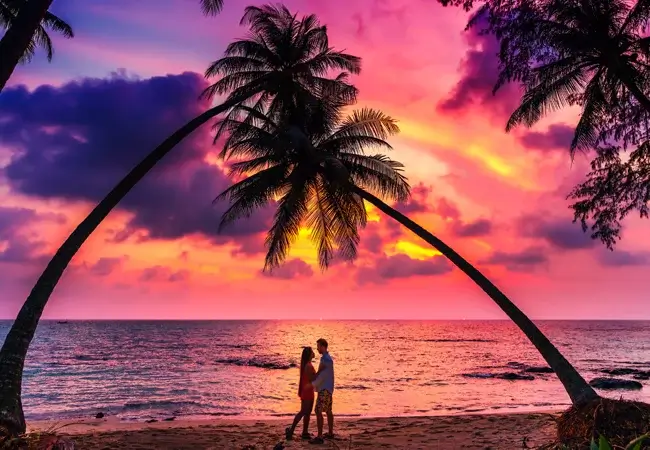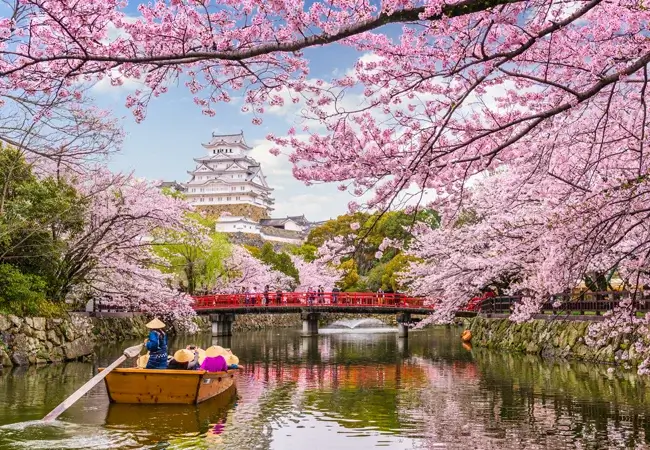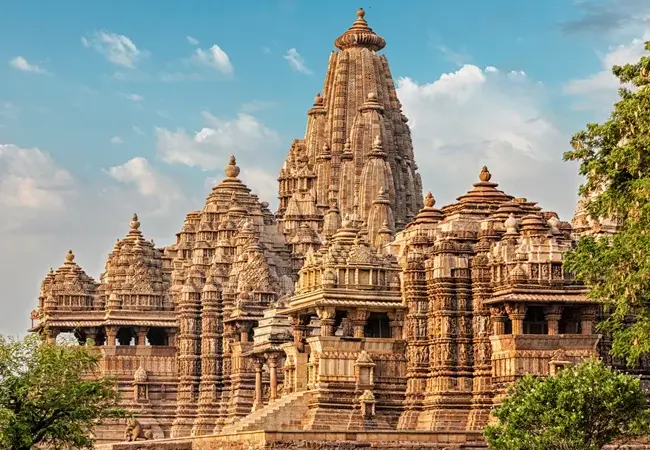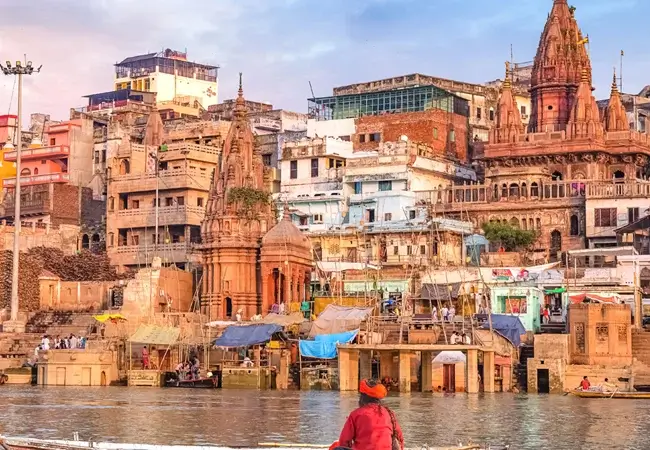Madhya Pradesh has always been the land of rich culture and tradition. This region forms the heart of India and is also known for its spiritual heritage and innumerable monuments, intricately carved temples, stupas, forts, and palaces. One of the most popular cities of this state is Ujjain, which has received worldwide popularity among devotees for the presence of Mahakaleswar Jyotirlinga.
It is considered to be the fifth-largest city in Madhya Pradesh by population as well as the administrative center of the Ujjain district and division. Since it is one of the Hindu pilgrimage centers of Sapta Puri, this city remains overcrowded with devotees throughout the year irrespective of the season who offer their praying to Lord Shiva.
Ujjain is an ancient city, occupying the eastern bank of the Shipra River and is known to be the most prominent city on the Malwa plateau of central India for its rich historical records. It was the capital of the ancient Avanti kingdom, one of the sixteen mahajanapadas. It continued to be an important political, commercial and cultural center of central India till the time the British administrators developed the city of Indore as its alternative during the beginning of the 19th century. Moreover, this place holds significant importance for Shaivites, Vaishnavites, and followers of Shakti.
No one knows about the inception of this temple but this temple has been mentioned in the Pre-historic period. According to Puranas (ancient scripture), it was established for the first time by Lord Brahma. There are punch-marked coins of Ujjain that dates back to the 4th to 3rd BC that bear the figure of Lord Shiva.
Sri Mahakaleswar Jyotirlinga is a Hindu temple dedicated to Lord Shiva and is also one of the twelve Jyotirlingas (sacred abode of Lord Shiva). The presiding deity of the temple is believed to be Swayambhu which derives currents of power from within itself as against the other images and lingams ritually established and invested with mantra-shakti.
Bhasm Aarti of Mahakal is one of the main and primary attractions at Sri Mahakaleswar Temple. This unique yet fascinating ritual is known to begin every day at 4 am. People from all over the country visit Ujjain with a desire of beholding this lifetime experience. The early morning peaceful and calm environment at the temple fills one’s soul with immense positivity. In the past, this Bhasm Aarti was performed using ash from the first funeral pyre cremated at night. But with the changing times, this practice has changed and now ashes are prepared from cow dung.
It is a temple located on the banks of river Kshipra and is dedicated to Kal Bhairav, the guardian deity of the city. This temple is known to be one of the most active temples in the city that receives thousands of devotees on a regular basis. Liquor is one of the main offerings made by the devotees to the deity of the temple. The image of the deity is a face in form of a rock layered with vermilion. The deity’s silver head is adorned with a Maratha style pagri, a tradition that dates back to the days of Mahadaji Shinde. The worship of Kal Bhairav was traditionally popular among the Kapalika and Aghora sects, and Ujjain was a prominent centre of these sects.

This temple is dedicated to Goddess Shakti (Annapurna) and it occupies a special place in the ancient sacred spots of Ujjain. The idol of Goddess Shakti is painted in a dark vermillion color that seat between the idols of Mahalaxmi and Mahasaraswati. According to the Shiva Purana, when Lord Shiva was carrying the corpse of Goddess Sati from the sacrificial fire, her elbow dropped in this region. The temple was reconstructed during the Maratha period because the two pillars present here that remain adorned with lamps are special features of Maratha art.
This temple is situated at a distance of only 2.5 km from Ujjain junction and remains open from 5 am to 7 pm. There is no entry fee imposed on the devotees and thus, the devotees can visit this temple free of cost.
Also known as Radha Madhana Mohan Temple, ISKCON Temple is considered to be a magnificent temple made entirely of marble that was inaugurated in the year 2006. This temple has a special significance for the followers of Lord Krishna since Krishna, Sudama, and Balaram are believed to have received their education from Maharishi Sandipani in this city. Besides, this temple also holds the record of being the only fully solar-powered temple in Ujjain and the ISKCON organization. This temple houses the idols of Radha Madhana Mohan, Lord Krishna, and Radha along with Gopis, and Sri Gaur Nitai.

A holy shrine glorifying the city of Ujjain, this ashram was built in remembrance of the Maharishi Sandipani and is considered to be one of the famous tourist spots. According to mythology, it is believed that this is the place where Guru Sandipani used to give education to Lord Krishna, his friend Sudama and his brother Balram. A stone is also present with numerals from 1 to 100 found engraved and is believed to be done by “Guru Sandipani” himself. There are other shrines also present apart from the main shrine of the Maharishi. One of the ancient temples situated on the premises of this ashram is the Sarveshwar Mahadev Temple housing a 6000-year Shivlinga with Sheshnaag in its natural form. Locals are strong believers in the fact that Guru Sandipani and his disciples used to worship.
Another popular tourist attraction in Ujjain and one of the most popular Ganesha temples in the country, the Chintaman Ganesh Temple is situated by the side of the river Kshipra. The name “Chintaman” means “reliever of stress” (one of the terms associated with Ganesha) and the temple thus, remains crowded by a large number of visitors. According to legends, since Lord Ganesha is known to be the lord of auspicious beginnings, that’s why the Chintaman Ganesh Temple is frequently visited by devotees whenever they are about to start something new in their lives or on their way to enter a new phase. The Ganesha idol in the temple is flanked by idols of his consorts Riddhi and Siddhi.
Ram Mandir Ghat is a bathing ghat occupying the bank of river Kshipra. It is one of the famous ghats in Ujjain which is of immense religious significance because it is one of the four locations where the Kumbh Mela takes place every 12 years. According to mythology, Lord Vishnu dribbled some drops of Amrit at Ram Ghat. Kumbh Mela is considered to be one of the largest religious festivals in the world as it holds the record of hosting more than 2 crore people who religiously attend the mela. The evening Kshipra aarti is one of the best attractions of this place.
The ideal time to visit Ujjain is from October to March because, during this period, the weather remains quite pleasant. For the rest of the months, Ujjain tends to be too hot for travelers which may create difficulty in traveling as the temperature may reach as high as 37 degree Celsius.














